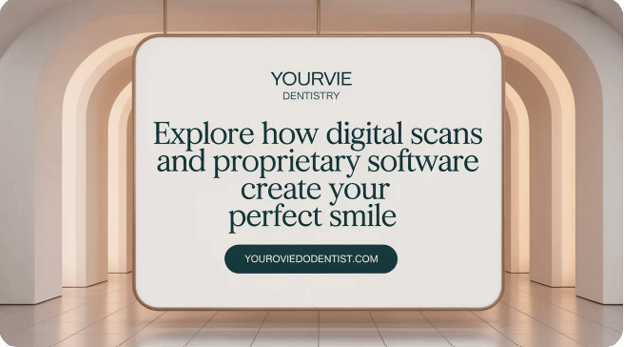
Transform Your Smile with Invisalign: What You Need to Know
Introduction to Invisalign and Smile Transformation
Invisalign has revolutionized orthodontic care with its innovative approach to teeth straightening. Utilizing clear, custom-made aligners, Invisalign offers adults and teens an aesthetically pleasing and comfortable alternative to traditional braces. This article unpacks the science, treatment journey, benefits, comparisons, costs, patient experiences, common questions, and broader health advantages to help you understand if Invisalign could be your key to a radiant, healthy smile.
Understanding How Invisalign Works: The Science and Technology Behind the Smile
Technology behind Invisalign
Invisalign begins with advanced 3D imaging using scanners like iTero Element™, which capture digital impressions. These feed into ClinCheck® software to build a personalized treatment plan, allowing patients to preview results before treatment starts.
Material and design of aligners
Aligners are made from SmartTrack™, a BPA-free thermoplastic offering flexibility and comfort. They are custom-trimmed along the gum line for a snug fit with minimal irritation.
Biomechanics of tooth movement
Each aligner applies gentle, targeted force to stimulate bone remodeling, gradually shifting teeth. Attachments or buttons may aid more complex movements.
Digital scanning and treatment planning
High-precision scanning replaces traditional molds. The digital plan is fine-tuned and monitored regularly to ensure accurate tooth movement throughout treatment.
Navigating the Invisalign Treatment Journey: Steps, Duration, and What to Expect
The journey begins with a consultation to assess suitability, including X-rays, photos, and digital impressions. Using software, a treatment plan is created and approved, and a series of aligners is fabricated. Each set is worn for about two weeks, with aligners removed only for eating, drinking, and hygiene.
Check-ups every 6–8 weeks ensure progress and allow adjustments. Wearing aligners for 20–22 hours daily is crucial for timely results. After active treatment (6–18 months on average), retainers like Vivera are used to maintain alignment.
Why Choose Invisalign? Advantages Over Traditional Braces
- Discreet appearance: Clear aligners are nearly invisible.
- Removability: Eat, drink, brush, and floss without restrictions.
- Comfort: Smooth, metal-free aligners reduce irritation.
- Fewer appointments: Less maintenance than braces.
Invisalign is ideal for mild to moderate cases but requires high patient compliance. While costs may be higher, many value the aesthetics and convenience it offers.
Choosing the Right Solution: Invisalign Suitability and Cost Considerations
Who is suitable for Invisalign?
Ideal for teens and adults with mild to moderate issues—crowding, gaps, bite problems. Healthy gums and good oral hygiene are necessary. Severe cases may need braces. A consultation with an Invisalign provider determines eligibility.
Cost and payment options
Invisalign treatment typically costs $3,000–$8,000 depending on case complexity and provider location. Insurance may cover up to $3,000. Financing options include:
- Monthly payment plans
- Low- or no-interest financing (CareCredit, in-office plans)
- FSA/HSA accounts for tax-free spending
Outcomes and Broader Benefits: Patient Experiences, FAQs, and Health Advantages
Expected results and reviews
Most patients notice improvements within 6–12 months, with treatment lengths up to 36 months for complex cases. Reviews consistently praise Invisalign for its comfort, discreet design, and positive results.
Common FAQs
- Is it painful? Only mild pressure is felt initially.
- Can I eat normally? Yes, just remove aligners when eating.
- Is it covered by insurance? Often partially, similar to braces.
- How long does it take? Most treatments last 12–18 months.
Health and aesthetic benefits
Invisalign improves oral health by making teeth easier to clean, reducing the risk of decay and gum disease. It can improve bite function, ease TMJ issues, and even support clearer speech and better digestion.
Final Thoughts: Is Invisalign Right for You?
Invisalign offers a cutting-edge, comfortable, and discreet solution to a variety of orthodontic issues. While success depends on individual case complexity and patient discipline, many find it a transformative investment. Consult a certified Invisalign provider to determine your candidacy and take the next step toward a confident, healthy smile.

 407-901-5138
407-901-5138